Question: What is a Hospice House?
In England during the 1970’s, where the hospice model originated, hospice care was provided not in a person’s home but in a freestanding building called a hospice. This was a place you could go to for end of life care. It was not like a hospital with strict procedures and protocols but was more homelike, right down to serving cocktails in the afternoon. The emphasis was not on maintaining the physical body at all cost (pun intended) but on helping a person to have quality living until they died.
Transferring that concept across the ocean proved difficult mainly because of reimbursement: England had socialized medicine and the U.S. had Medicare and private insurance. (It was only years later that a Medicare Hospice Benefit was developed). In order to provide end of life care in the U.S. hospice was translated from inpatient in a hospice building in England to end of life home care in the U.S.
Not everyone has a home to die in or people to care for them as they are dying so the concept of a Hospice House, similar to England’s original program, began springing up in the U.S. generally financed by private pay, memorials and fund raising projects. These “houses” were the dream of every home care hospice across our country: a place where end of life care could be provided in a home-like environment given with medical, social, and spiritual knowledge of the dying process. A place with emphasis on the quality of remaining life, not effort to keep a declining body alive as long as possible.
In the mid 1990’s Hospice Houses began sprouting like rare flowers. By the early 2000’s they were like flowers in a garden and now in 2014 Hospice Houses are like flowers in a field. Unfortunately, the concept of a Hospice House has changed in these last 20 years of growth. Now it is not a place for someone who is dying to go to spend their last days in a serene, non- fixing but comfort and quality of life maintaining environment. Instead it is a place to go for end of life symptom management for a few days. Period. It is no longer a place for a comfortable death to happen so the family will have support and guidance. It is now a place for respite care for the families and symptom control for the patient. If the patient is close to dying when admitted and happens to die during that time of “symptom management” then the families will have the wonderful benefit of original quality of end of life care. However, all too frequently people are admitted to a Hospice House or hospice inpatient unit or facility with the idea by the family that their loved one will be able to die there: that they, the significant others, will have support, guidance, and that they will not be alone when their loved one dies. But when death doesn’t occur in a “timely manner (Medicare reimbursement timeline)” then other arrangements must be made. Those arrangements include returning home or entering a nursing facility generally under private pay. I was surprised to learn that many Hospice Houses do not offer the patient to stay under a private pay reimbursement but offer hospice care in a separate nursing facility.
I’m sure you can tell by this blog that I am not happy with how the Hospice House focus of care has changed. We really don’t need separate facilities for end of life symptom management. We have hospitals with palliative Care Units for that. What we do need is a building and a staff that is knowledgeable and dedicated to the concept of quality of life care until there is no life, and support for family and significant others during that time. We need staff that are proficient in comfort management and knowledge of the dying process so that dying can unfold in it’s natural, normal manner and time.
Dying is not a medical event. It is a social and communal event. We don’t need doctors and nurses at the bedside when someone is dying. We need compassionate, caring and knowledgeable end of life process people present to support the family through this challenging time.
What I described in the last paragraph is the kind of Hospice House I would like to see and I am seeing them, only sparingly, like rare flowers, springing up in various parts of the U.S. These facilities, because of laws and regulations, are not allowed to call themselves hospice but they are forming under different names. Kylar Glen (Shelter in the Woods) is an example in Grand Rapids, MN., Enso House in Freeland, WA. is another.
I’m thinking maybe we are coming full circle. Back to where we began with the dream to provide quality end of life care. In the 1970’s we met a need that was not being addressed by the medical model. Here in 2014 are we beginning again to be dissatisfied with the role the medical model, under the name Hospice, is playing in end of life?
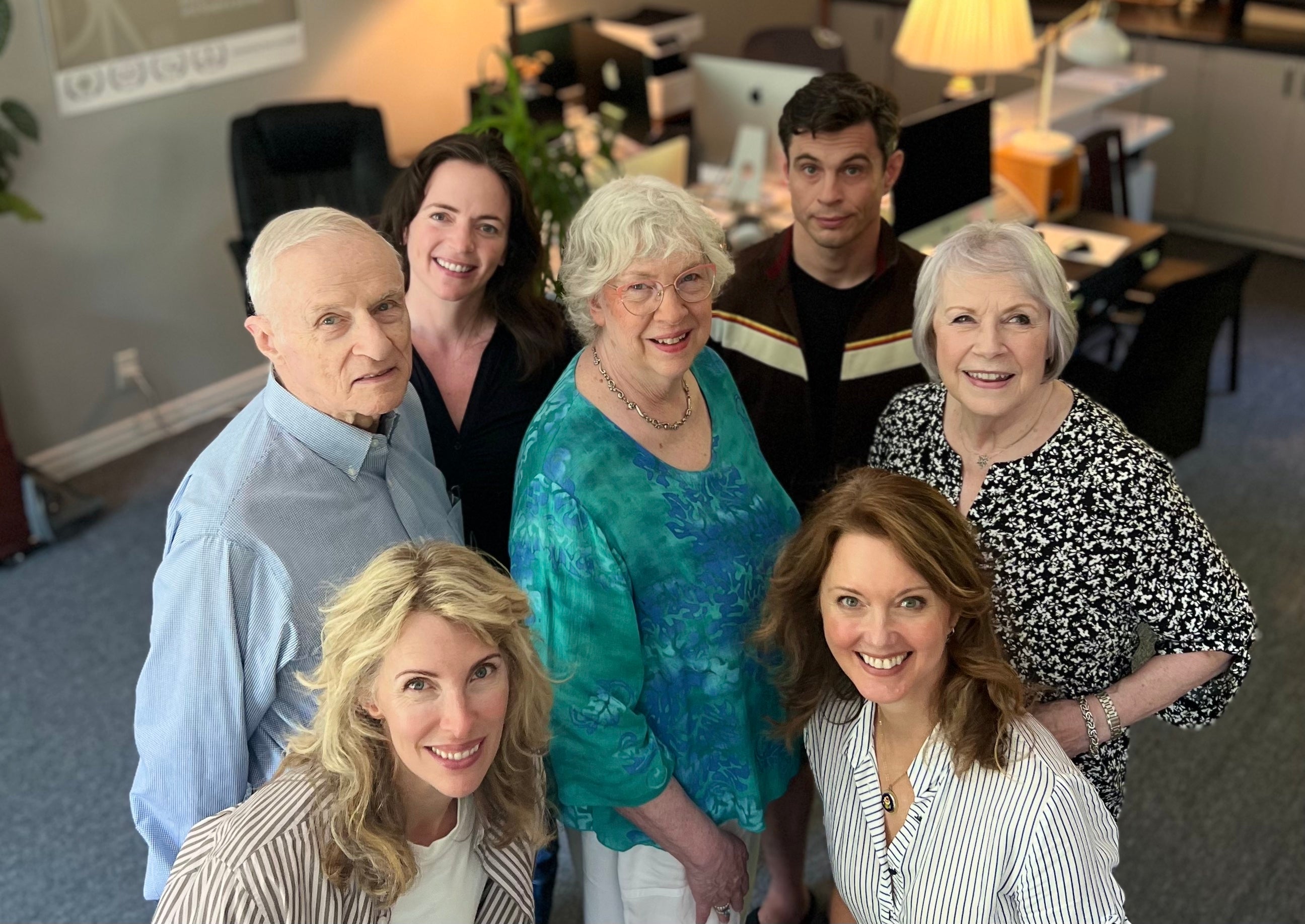

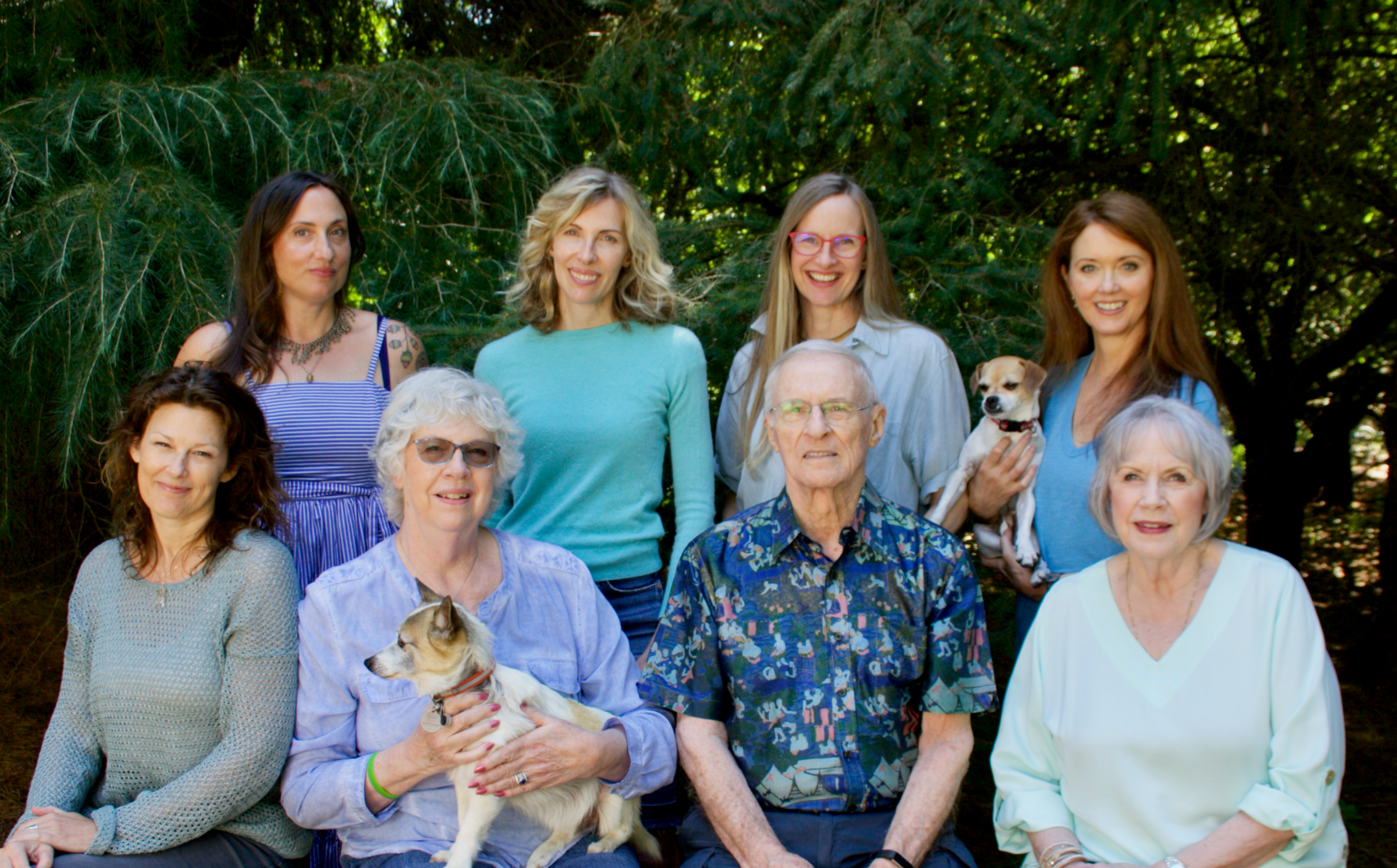
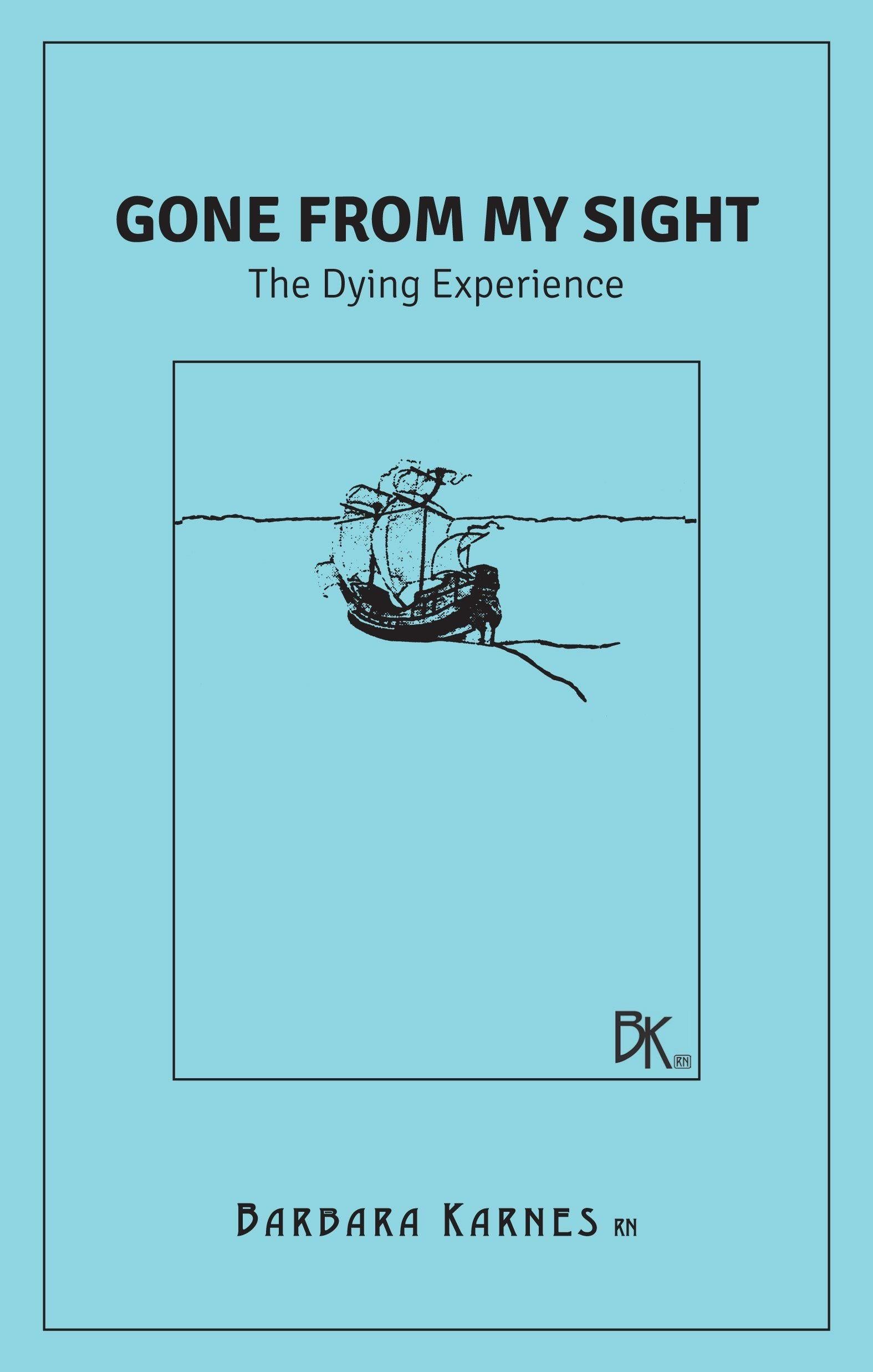
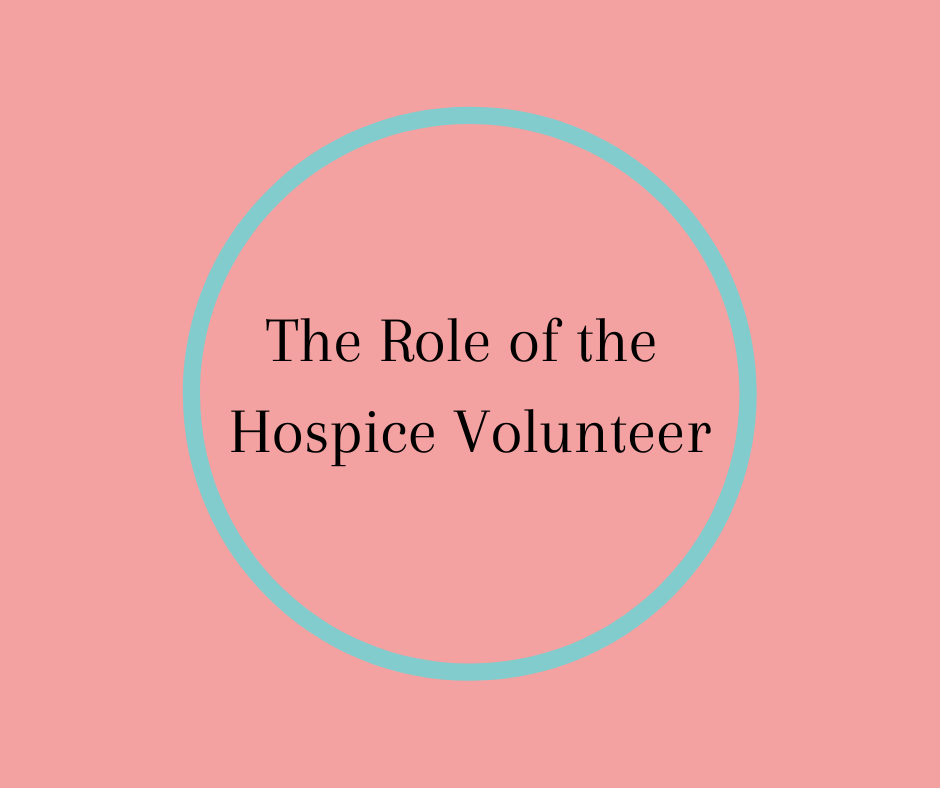
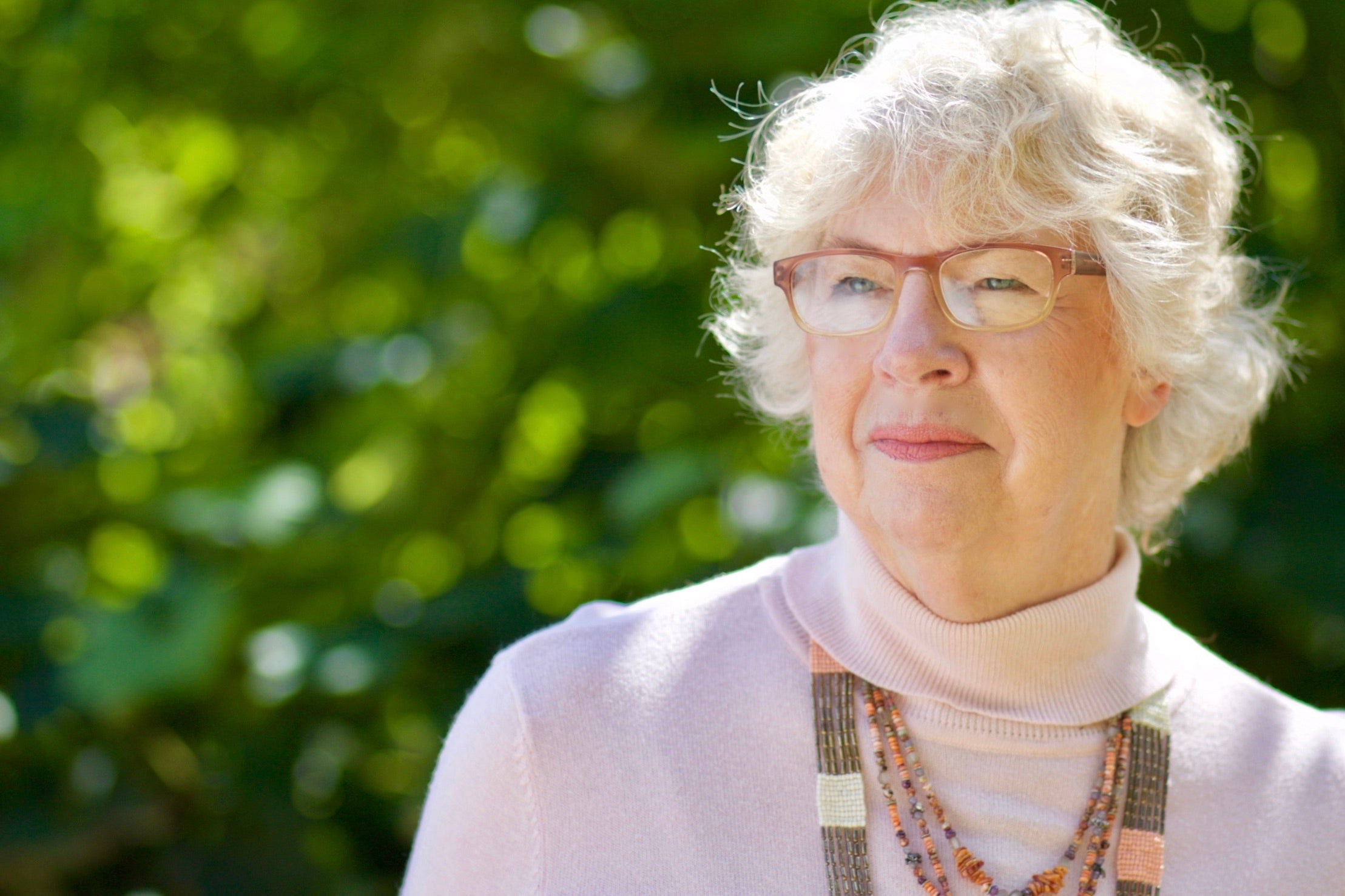
3 comments
barbara
Hi Kristina, Good for you for wanting to start a Hospice House. It is a much better alternative to being in a nursing home—although, have you thought about a partnership of having hospice beds in a wing of a nursing home and working in conjunction with the administration to be a hospice house. That way you bypass the need for running a building. You train staff to work only in your hospice wing and create your own “Hospice House”.
For details on creating a free standing or any hospice in patient contact NHPCO or AAHPM. I am sure they have details and guidelines that can help. Blessings! Barbara
Hi Kristina, Good for you for wanting to start a Hospice House. It is a much better alternative to being in a nursing home—although, have you thought about a partnership of having hospice beds in a wing of a nursing home and working in conjunction with the administration to be a hospice house. That way you bypass the need for running a building. You train staff to work only in your hospice wing and create your own “Hospice House”.
For details on creating a free standing or any hospice in patient contact NHPCO or AAHPM. I am sure they have details and guidelines that can help. Blessings! Barbara
Kristina M Snell
I live in a rural area where this is needed so badly. I have been in hospice care for 8 yrs and I have been researching starting a hospice house. We have 3 local nursing homes and it saddens me how they care for the patient and family. Is there anyway you can help me or point me in the right direction
I live in a rural area where this is needed so badly. I have been in hospice care for 8 yrs and I have been researching starting a hospice house. We have 3 local nursing homes and it saddens me how they care for the patient and family. Is there anyway you can help me or point me in the right direction
Teresa
I am an RN new to hospice but have already seen the need for this. I am just starting my research process to see if I can make this happen in my community, rural Louisiana. Thank you for the insight.
PS. Love your books. ❤️
I am an RN new to hospice but have already seen the need for this. I am just starting my research process to see if I can make this happen in my community, rural Louisiana. Thank you for the insight.
PS. Love your books. ❤️